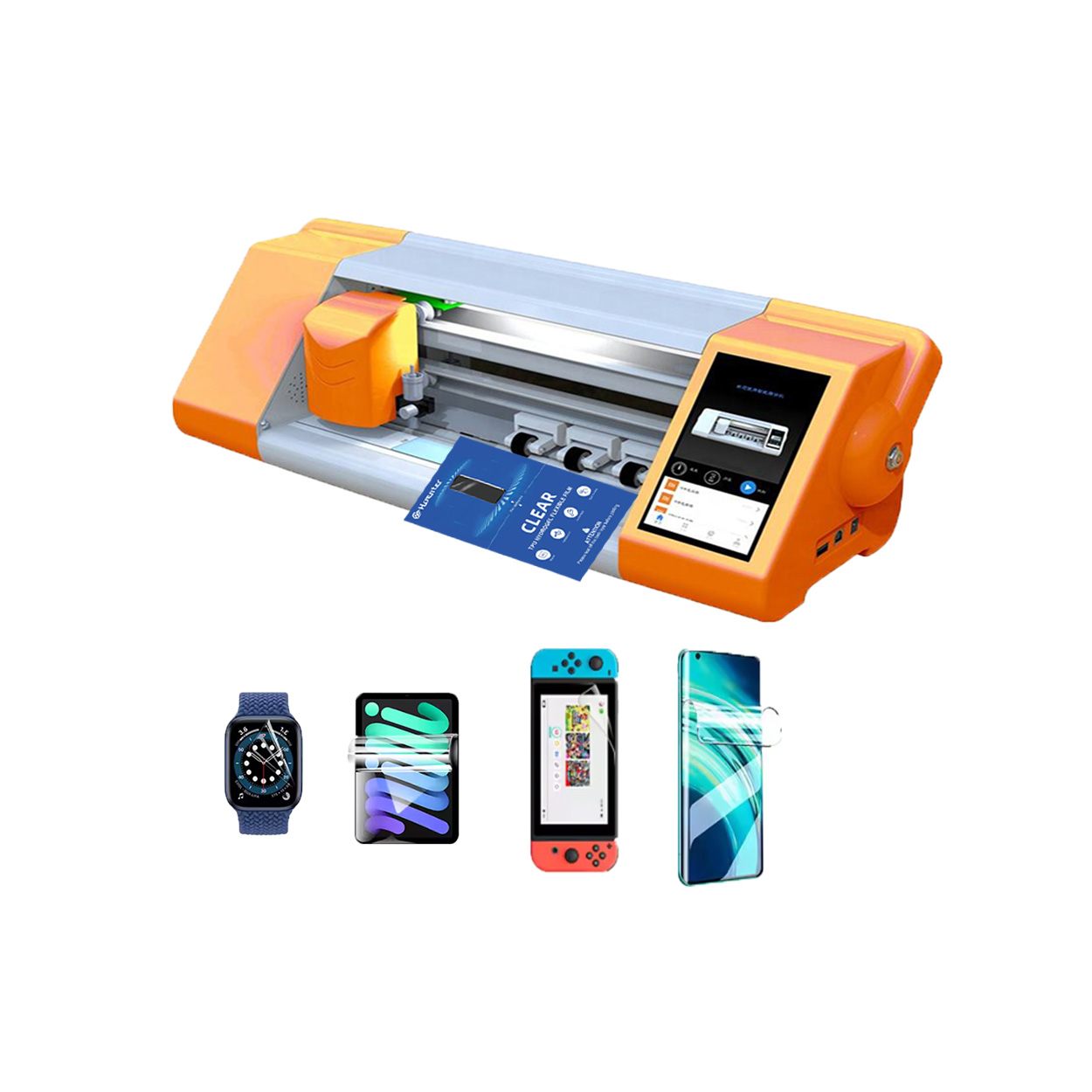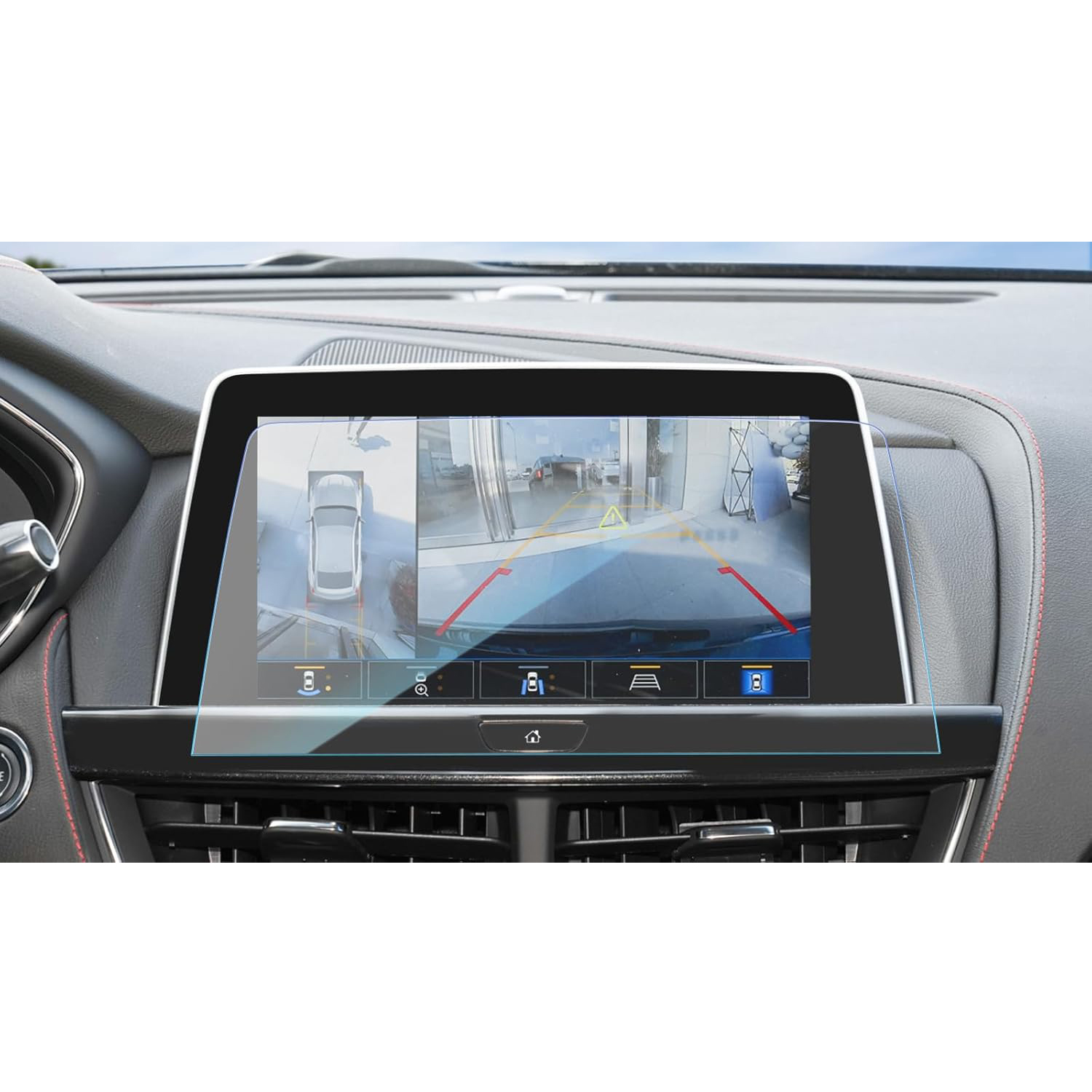
Is Tempered Glass or Hydrogel Screen Protector Better?
Table of Contents
Summary
Choosing between tempered glass and hydrogel screen protectors ultimately depends on your priorities. If you value maximum protection and a glass-like feel, tempered glass might be the way to go. However, if you prefer a thinner, more flexible protector with self-healing properties, hydrogel could be the better choice.Both options have their pros and cons, and the best choice will depend on your specific needs and preferences. Consider factors like protection, clarity, durability, cost, and environmental impact when making your decision.
Key Takeaways
- Tempered glass protectors offer superior hardness and clarity but can be more expensive.
- Hydrogel protectors are flexible, self-healing, and often more budget-friendly.
- Installation ease varies, with tempered glass being generally easier to apply.
- Consider the environmental impact of each option.
- Choose based on your priorities: protection, feel, cost, and eco-friendliness.
What is a Tempered Glass Screen Protector?
Tempered glass screen protectors are made from glass that has been treated to increase its strength. This process involves heating the glass and then cooling it rapidly, which makes it much more durable than regular glass. Tempered glass protectors are known for their ability to withstand scratches and impacts, often rated at 9H on the hardness scale, which is just below diamond.These protectors are popular because they offer a clear, smooth surface that feels similar to the original phone screen. They are also relatively easy to clean and maintain. However, they can be thicker than other types of protectors, which might affect the phone’s aesthetics slightly.
Understanding Hydrogel Screen Protectors
Hydrogel screen protectors are a newer technology in the world of phone protection. Made from a flexible, gel-like material, hydrogel protectors are designed to absorb impacts and self-heal minor scratches. This makes them an attractive option for those who want a protector that can adapt to minor wear and tear over time.One of the standout features of hydrogel protectors is their thinness. They are often much thinner than tempered glass, which means they can maintain the original look and feel of your phone. Additionally, their flexibility allows them to cover curved screens more effectively than rigid glass protectors.

Tempered Glass vs. Hydrogel: Which Offers Better Protection?
When it comes to protection, both tempered glass and hydrogel have their strengths. Tempered glass is renowned for its ability to protect against significant impacts and scratches. Its hardness means it can take a beating without showing signs of wear.On the other hand, hydrogel protectors excel in their ability to absorb shocks and self-heal. While they might not be as hard as tempered glass, their flexibility allows them to disperse the energy from impacts, potentially reducing the risk of screen damage.
How Do Tempered Glass and Hydrogel Affect Screen Clarity?
Screen clarity is a crucial factor for many users. Tempered glass protectors are often praised for their crystal-clear transparency, which allows for an unobstructed view of the screen. They also tend to resist fingerprints and smudges better than other materials.Hydrogel protectors, while also clear, might not offer the same level of transparency as tempered glass. However, they are designed to reduce glare and reflections, which can enhance visibility in bright conditions. The choice between the two often comes down to personal preference and the specific conditions in which you use your phone.
Durability: Which Protector Lasts Longer?
In terms of durability, tempered glass protectors generally have the edge. Their hardness and resistance to scratches mean they can last a long time without needing replacement. However, if they do crack, they will need to be replaced entirely.Hydrogel protectors, while not as hard, offer the advantage of self-healing. Minor scratches and scuffs can disappear over time, extending the life of the protector. However, they might need to be replaced more frequently if subjected to heavy use.

Installation: Is Tempered Glass or Hydrogel Easier to Apply?
Installing a screen protector can be a daunting task, but both tempered glass and hydrogel protectors have their own installation processes. Tempered glass protectors are typically easier to align and apply due to their rigidity. They often come with installation kits that include cleaning wipes and dust removers to ensure a bubble-free application.Hydrogel protectors, being more flexible, can be a bit trickier to apply. They require careful alignment and smoothing to avoid bubbles. However, their flexibility allows them to conform to curved screens more easily, which can be a significant advantage for phones with edge displays.
Cost Comparison: Which is More Budget-Friendly?
Cost is always a consideration when choosing a screen protector. Tempered glass protectors are generally more expensive due to their material and manufacturing process. However, their durability can make them a cost-effective choice in the long run.Hydrogel protectors are often cheaper upfront, making them an attractive option for budget-conscious consumers. Their self-healing properties can also reduce the need for frequent replacements, potentially saving money over time.
User Experience: How Do They Feel to the Touch?
The feel of a screen protector can significantly impact the user experience. Tempered glass protectors are often preferred for their smooth, glass-like feel, which closely mimics the original screen. They also tend to be more resistant to fingerprints and smudges.Hydrogel protectors, while not as smooth, offer a unique tactile experience. Their slightly softer surface can provide a better grip, which some users find appealing. Additionally, their ability to reduce glare can enhance visibility in bright environments.

Environmental Impact: Which is More Eco-Friendly?
In today’s environmentally conscious world, the impact of our choices is more important than ever. Tempered glass protectors, while durable, are not biodegradable and can contribute to electronic waste if not disposed of properly.Hydrogel protectors, on the other hand, are often made from more environmentally friendly materials. Their ability to self-heal and extend their lifespan can also reduce waste. However, it’s essential to consider the entire lifecycle of the product, including manufacturing and disposal, when assessing its environmental impact.
Comments
Tags
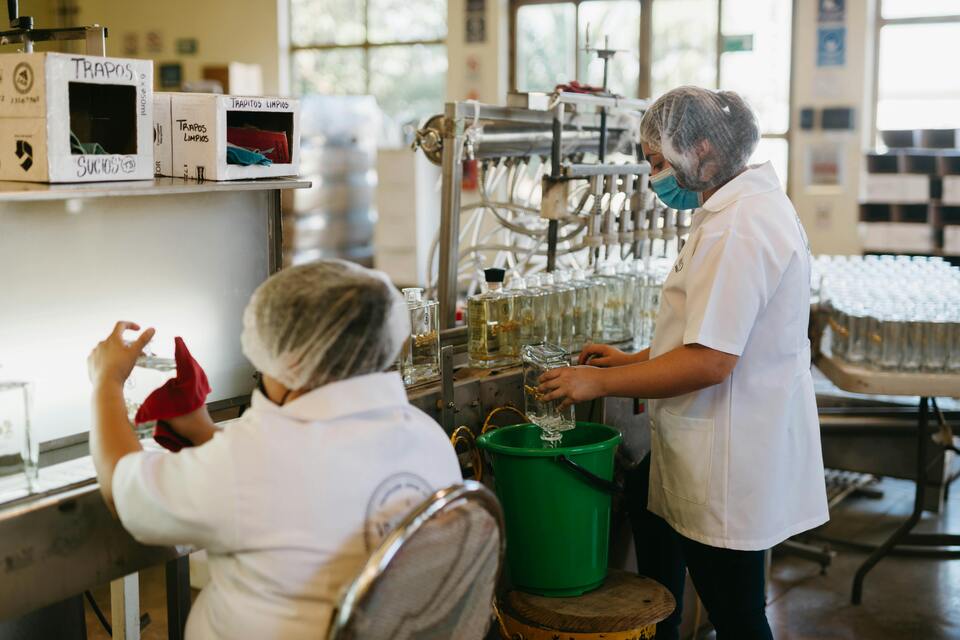
When to Replace Phone Screen Protector
By keeping these points in mind, you can ensure that your smartphone remains protected and in excellent condition.
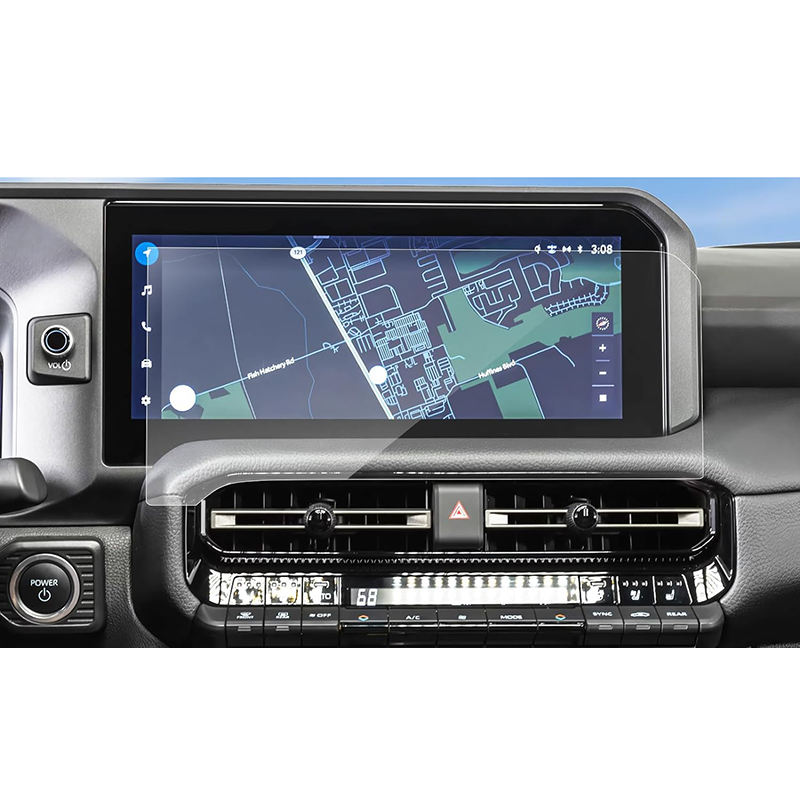
ZEEKR X 2023 Navigator GPS Tempered Glass
Our ZEEKR X 2023 Navigation Tempered Glass offers superior protection for your ZEEKR X’s display. Featuring anti-glare and oleophobic coatings.
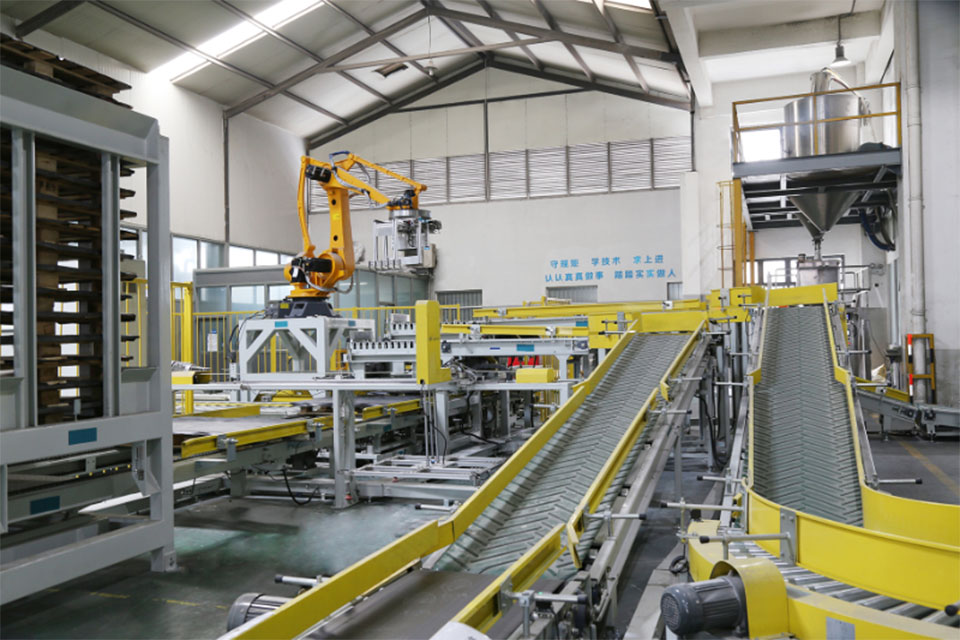
Top 5 Benefits of Using a Smart Privacy Screen Cutting Machine
The Smart Privacy Screen Cutter is an advanced device that combines printing and cutting capabilities to increase operational efficiency and versatility across industries and deliver significant cost savings, improved workplace safety and reduced environmental impact through smart manufacturing technology.

Can You Clean the Sticky Side of a Screen Protector?
By following these steps and tips, you can extend the life of your screen protector and keep your phone looking brand new!

Where to Buy Screen Protector Cutting Machines at the Best Prices: A Comprehensive Guid
Finding the best screen protector cutting machine involves not just comparing prices but evaluating the quality, value, and reliability of the supplier, with purchasing directly from a trusted manufacturer often offering superior quality, comprehensive support, and competitive pricing.
Find All knowledge and trends from our blog, get the wholesale price and best quality from our factory.

What Film Cutting Machine and Its Application
Film cutting machines have played a crucial role in the evolution of filmmaking and various industrial processes by enabling precise cutting and splicing of film materials.

What Is a Screen Protector Cutting Machine?
A screen protector cutting machine is a specialized device designed to produce custom-fit screen protectors for various electronic devices, including smartphones, tablets, smartwatches, laptops, and monitors.

How Mobile Phone Screen Protector Cutting Machine Work?
A mobile phone screen protector cutting machine is a sophisticated device designed
to produce customized screen protectors for various digital devices with high preci
sion and efficiency.

Characteristics of Mobile Phone Tempered Glass and Mobile Phone TPU Screen Protector
Thermoplastic polyurethane (TPU) screen protectors are flexible, durable, and
self-healing plastic films designed to protect electronic device screens from
scratches, impacts, and other potential damages.

Revolutionize Device Protection with Screen Guard Cutting Machine
Whether you possess a smartphone, tablet, or smartwatch, this versatile machine accommodates a vast array of devices. It seamlessly adapts to the dimensions of your gadget, offering a custom fit that generic protectors can’t match.

Screen Protector Lifetime Warranty
A screen protector lifetime warranty is a guarantee provided by manufacturers that
promises to repair or replace a screen protector for the lifetime of the product, under specific terms and conditions.


